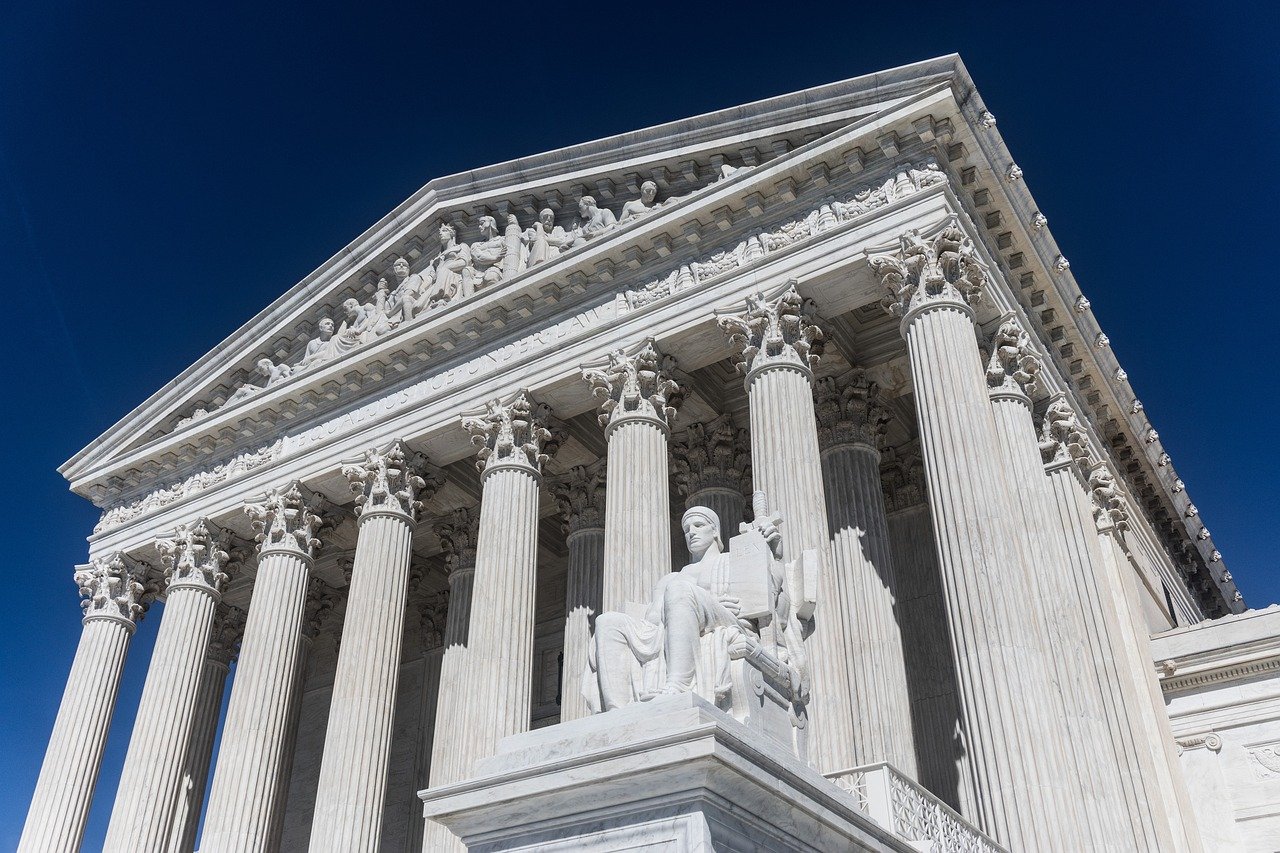On June 29, 2023, in a historic ruling that has sent shockwaves through the nation, the United States Supreme Court declared that affirmative action was unconstitutional. The court said that race-based admissions violated the Civil Rights Act of 1964, which prohibits discrimination on the basis of race, color or national origin. The court stated that affirmative action was based on stereotypes and did not serve the compelling interest of diversity. The decision marks a significant turning point in the ongoing debate surrounding affirmative action and its effectiveness in addressing historical disparities. To fully grasp the implications of this ruling, it is essential to understand the history of affirmative action, examine its pros and cons, and reflect on the broader consequences of the Supreme Court’s landmark decision.
The History of Affirmative Action:
Affirmative action emerged in the 1960s as a policy aimed at promoting equal opportunity and addressing systemic discrimination against marginalized groups, particularly African Americans, Hispanics, and women. It sought to remedy the historical disadvantages faced by these communities by implementing preferential treatment in education, employment, and other areas. Affirmative action programs often involved considering race, gender, or other protected characteristics as factors in the admissions process, employment hiring, or awarding of government contracts.
Pros of Affirmative Action:
- Equalizing Opportunities: Affirmative action aimed to level the playing field by providing opportunities to historically marginalized groups that have been systemically disadvantaged due to discrimination and prejudice.
- Diverse Learning Environment: Affirmative action fostered diverse academic environments, enriching classroom discussions and promoting cross-cultural understanding, which are essential for preparing students to thrive in a multicultural society.
- Reducing Unconscious Bias: By acknowledging and consciously considering race and gender, affirmative action aimed to counteract unconscious biases in decision-making processes, ultimately leading to more equitable outcomes.
Cons of Affirmative Action:
- Reverse Discrimination: Critics argue that affirmative action can lead to reverse discrimination, where individuals from historically advantaged groups may face disadvantages in admissions or employment solely based on their race or gender.
- Undermining Meritocracy: Critics contend that affirmative action compromises the principle of meritocracy, potentially admitting or hiring less qualified candidates over more qualified individuals solely based on their protected characteristics.
- Stigmatization and Mismatch: Some argue that affirmative action can result in stigmatization, as individuals admitted under such policies may be perceived as less deserving or unqualified, undermining their self-confidence. Additionally, the policy of affirmative action may lead to “mismatch,” where students may struggle academically in institutions that have higher standards than their previous educational backgrounds.
Supreme Court’s Decision and Its Implications:
The recent Supreme Court ruling brings an end to the use of race or ethnicity as a factor in college admissions, curtailing the scope of affirmative action in higher education. Proponents of the decision argue that it promotes a color-blind approach, ensuring that all individuals are judged on their merits alone. Critics, however, express concerns that this decision could perpetuate existing inequities and hinder progress towards achieving diversity and inclusion on campuses.
The path forward following this landmark ruling remains uncertain. Institutions of higher education will need to explore alternative methods to foster diversity and address historical disparities. This decision’s broader consequences may extend beyond education, influencing future debates on affirmative action in other domains, such as employment and government contracts.
The Supreme Court’s decision to end affirmative action in college admissions marks a critical moment in the ongoing discourse on equal opportunity. While the history of affirmative action has demonstrated its intent to address historical discrimination and promote diversity, the policy has generated robust debate over its merits and unintended consequences. As the nation grapples with the implications of this landmark ruling, it becomes increasingly important to engage in thoughtful discussions and seek innovative solutions to achieve a more equitable society while upholding the principles of fairness and meritocracy.











